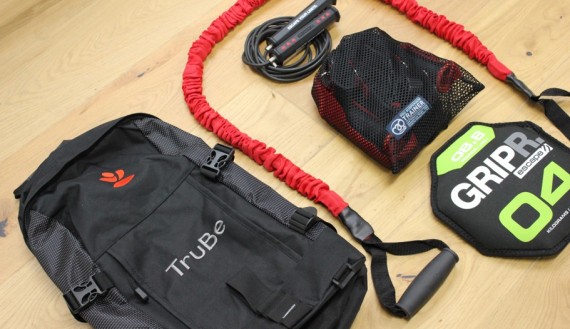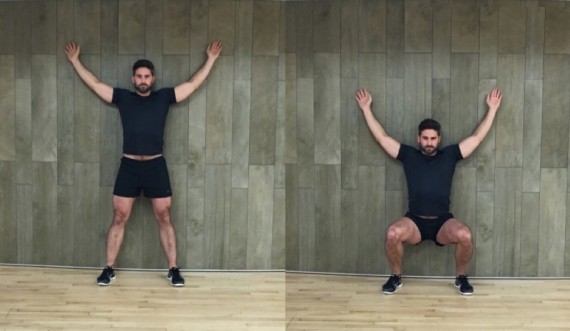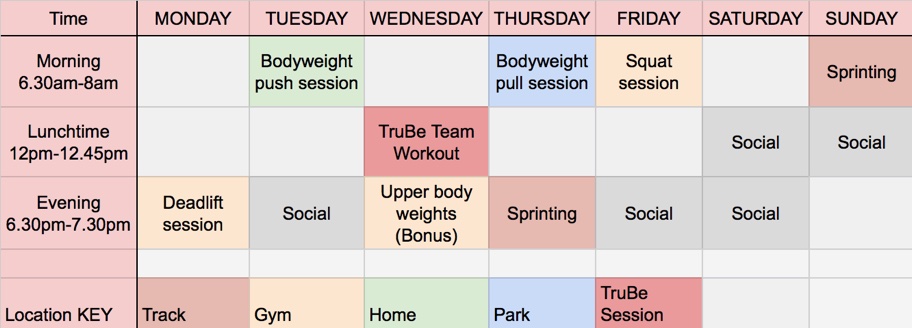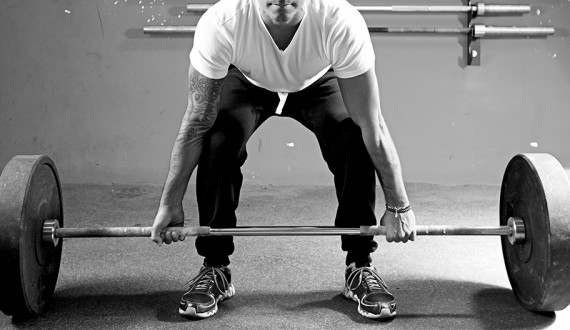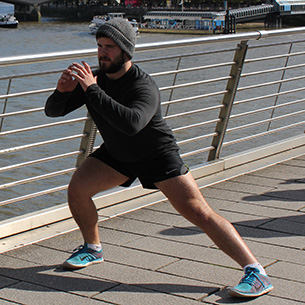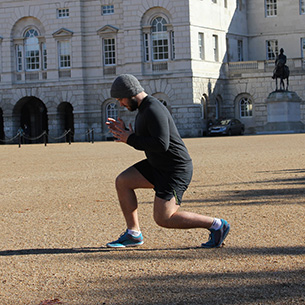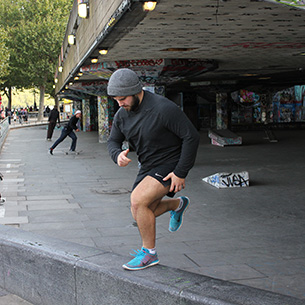In this new age of fitness we find ourselves needing to rely on the gym less and less. In most cases relying on the gym to keep you fit and healthy may actually be detrimental. It makes more sense to invest in convenience, knowledge and in someone who motivates you to do something that is going to actually help.
But what if “I don’t have any workout equipment”, “I live in a small flat” and “I don’t have the time to exercise”. All of these barriers can be broken down quickly and easily.
Knowledge is power
When you only have a small amount of space to train in you need to be extremely creative with the exercises and the way you put them together. Our trainers are all taught to “rule the tool”, this means, they create the exercises around what the body can and should be able to do.
Related: Strength training without the gym
Use small pieces of equipment
Stay away from the spin lock dumbbells you were thinking of buying from Argos. They’re a nightmare to store, they don’t look cool in the corner of your bedroom and do more harm than good when you keep stubbing your toes on them.
You don’t need heavy weights all you need is equipment that can manipulate your body into positions that will help you to break a sweat. All of the equipment we use in our sessions fit into a regular sized rucksack and weighs no more than 5 kg.
Find someone/something that motivates you
You’ve heard it all before, training with a partner or trainer is more enjoyable and so on … This doesn’t have to be someone to be there with you it could be someone you admire on Instagram, an event you’ve signed up for or even to impress that special someone.
Pay an expert
There’s nothing more demotivating than when your unreliable workout buddy cancels last minute. By booking a personal training session through our app, we can guarantee that one of our highly rated trainers will be there on time ready to get the most out of your workout. In the long run this will save you a lot of time and stop you from wasted money on unused gym memberships.
Why not download our app and let one of our experts show you how to workout at home.


